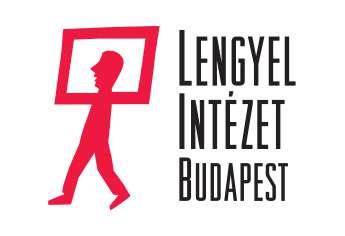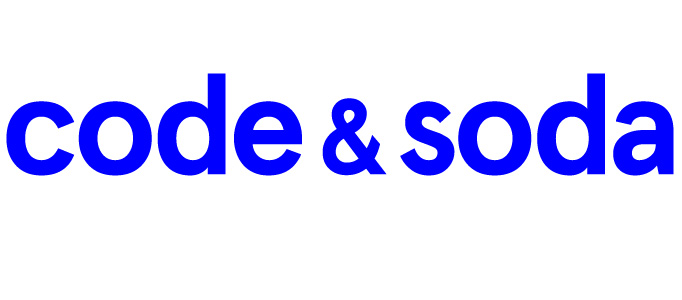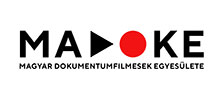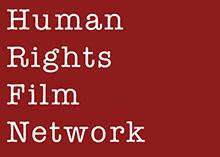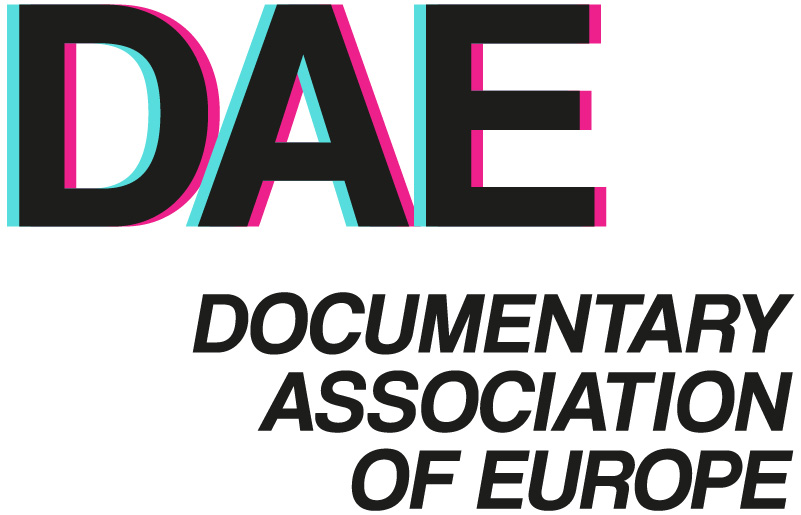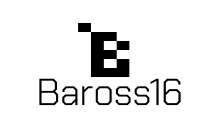What Makes Art Art?

Why are Danial’s images received as art, while Sakhi’s are not? Aesthetic judgment is not natural, and taste is shaped by education and class-conditioned dispositions (Bourdieu, 1990, p. 78). What counts as art does not flow from intrinsic properties of the work. It follows from social uses and institutional validation, in other words from who uses the image, where it circulates, and how it is framed. The same camera work can be legitimated as art when it passes through public circuits such as newspapers, festivals, and curatorial discourse, as in Danial’s case, while remaining in the commercial or utilitarian register when it serves individual clients for private purposes, as in Sakhi’s case. Regardless of quality, entry into the category of art presupposes specific forms of capital and supportive institutions (Bourdieu, 1990, p. 84). By placing his and Sakhi’s contrasting situations in front of the camera, Danial speaks frankly about their socio-economic differences. In the documentary he does not lecture on causes. He shows that the disparity exists and that similar disparities are found elsewhere.
Danial also notes that holding a camera confers a degree of power, saying, “So I understood I have a position of a power, but Sakhi would have position of a power to his customers.” (Shah, 2025) Sakhi’s clients differ in age and background, yet their desires converge. Some want protection from violence, some seek power, some imagine peaceful domesticity, some pursue sexual allure within conservative norms. Sakhi satisfies these social desires by compositing backgrounds of guns, flowers, and women so that the final image will make it look real.
In the end, the clients’ choices and Sakhi’s make it look real are not a casual string of signs. They are expressions of habitus, the classed experiences and tastes sedimented in bodies. Habitus is “a system of durable, transposable dispositions … structured structures predisposed to function as structuring structures” (Bourdieu, 1977, p. 72). These portraits make desire appear real and, at the same time, quietly disclose the social world that makes such desire legible. As the background design changes, what changes is not the essence of the sitter. What changes is the mode of reality that society permits and withholds, and the portrait marks the boundaries of that mode with precision.
References
[1] Bourdieu, P. (1977). Outline of a theory of practice (R. Nice, Trans.). Cambridge University Press. (Original work published 1972)
[2] Bourdieu, P., Boltanski, L., Castel, R., Chamboredon, J.-C., & Schnapper, D. (1990). Photography: A middle-brow art. Polity Press. (Original work published 1965 as Un art moyen)
[3] Shah, D. (2025, November 4). “Everything is designed except your face” | Make It Look Real [Video]. YouTube. https://youtu.be/DStgTGsxHfM?si=92ZfyUuxc8ABbBuX
Make It Look Real (2024) Mini Essay 2: Everything Is Designed Except a “Face”
Make It Look Real (2024) breaks away from the accusatory template we often associate with human-rights documentaries and presents the “face” as it is. Here, “face” means the signal of an other who is also a subject, an appeal not to instrumentalize them but to respond with responsibility. What images come to mind when we think of human-rights films? Exotic locations, unspeakable horrors, people in tears. Reflecting on visual images of human tragedy, Susan Sontag once wrote, “The more remote and exotic the place, the more likely we are to be shown full-frontal views of the dead and dying. Such images send a double message: that the suffering is outrageous and should be redressed, and that this is the sort of thing that happens there” (Tascón, 2012, p. 872).
The film’s main setting is a small photo studio in Pakistan run by the protagonist, Sakhi. Pakistan is still not free from the threat of terrorism, as instability fueled by armed groups, sectarian tensions, separatist movements, and porous borders continues to overlap. Early on, Sakhi recalls the large-scale massacre in Hazara Town in 2013 and plays video footage of the aftermath. A conventional film would have cut that footage directly into the narrative to immerse viewers in the horror. Instead, the director only films the monitor inside the studio that is playing the clip and does not push beyond it. This choice helps the film step away from the familiar dilemma of visual colonization that human-rights documentaries often fall into. When viewers (typically privileged audiences in Western societies) witness shocking rights violations through documentary images, they tend to “other” the people on screen as objects of pity in need of rescue. This film, however, refuses to let our gaze settle on the spectacle itself. It registers the atrocity as a historical event while directing our attention to what is shown now in Sakhi’s studio, thereby curbing indiscriminate othering.
Equally noteworthy is the director’s refusal to “act on behalf of” Sakhi. From beginning to end, Sakhi openly expresses his desire to leave Pakistan. He knows that irregular migration through smugglers is dangerous, yet he does not easily give up. The director offers worried counsel, noting that he does not recommend illegal routes, but he neither stops Sakhi’s choices nor steps in to make them happen for him. This stance prevents Sakhi from being flattened into a rescue object. He appears instead as a layered, singular face. Within the film, Danial and Sakhi meet not as a mere reproducer and a reproduced subject but as individuals who temper the asymmetry of representational power.
The film’s final sequence, its finest moment, makes this clearest. After we have seen their faces composited into myriad studio designs, all backgrounds suddenly disappear. Against a black field, only two faces remain. Their positions shift until they align horizontally, then their names appear and the end credits roll. It is as if the film peels away the many layers of external gazes to reveal an essence, the face, and to suggest that, in the end, we are alike and we are equals.
As the director has said, “Everything is designed, and the only thing that makes it a portrait of you is your face” (Shah, 2025). In this documentary, Sakhi is neither a target of pity nor someone to be helped, nor a mere other. He appears as a face. As we watch, we too experience a quiet un-designing, a shedding of the layers that structure our gaze, until only our face remains within the black ground. At that point, we finally respond to Sakhi’s face, after the learned frame of epistemic violence has receded and a level line, face to face, takes its place.
References
[1] Tascón, S. (2012). Considering human rights films, representation, and ethics: Whose face? Human Rights Quarterly, 34(3), 864–883.
[2] Shah, D. (2025, November 4). “Everything is designed except your face” | Make It Look Real [Video]. YouTube. https://youtu.be/DStgTGsxHfM?si=92ZfyUuxc8ABbBuX
These articles were created as part of the UniVerzió program, in collaboration between the Verzió Film Festival and the Department of Film Studies at Eötvös Loránd University. Instructor: Beja Margitházi.








